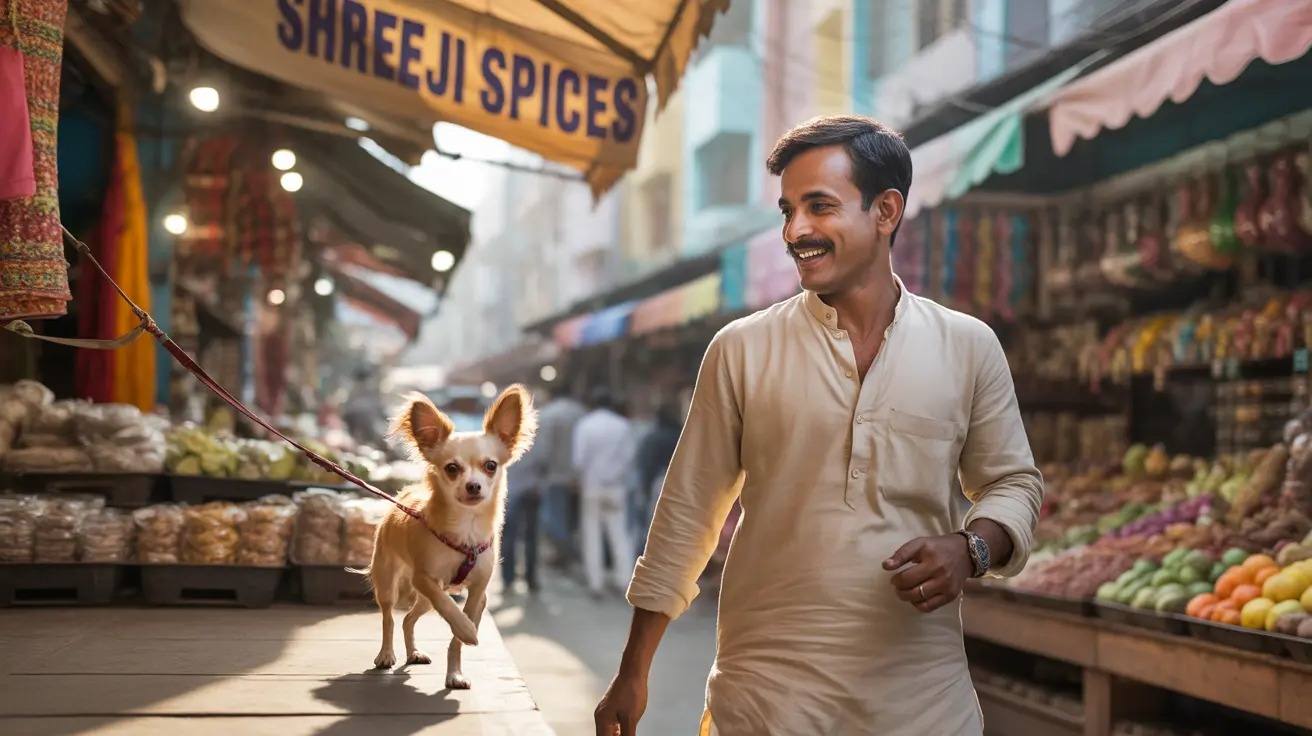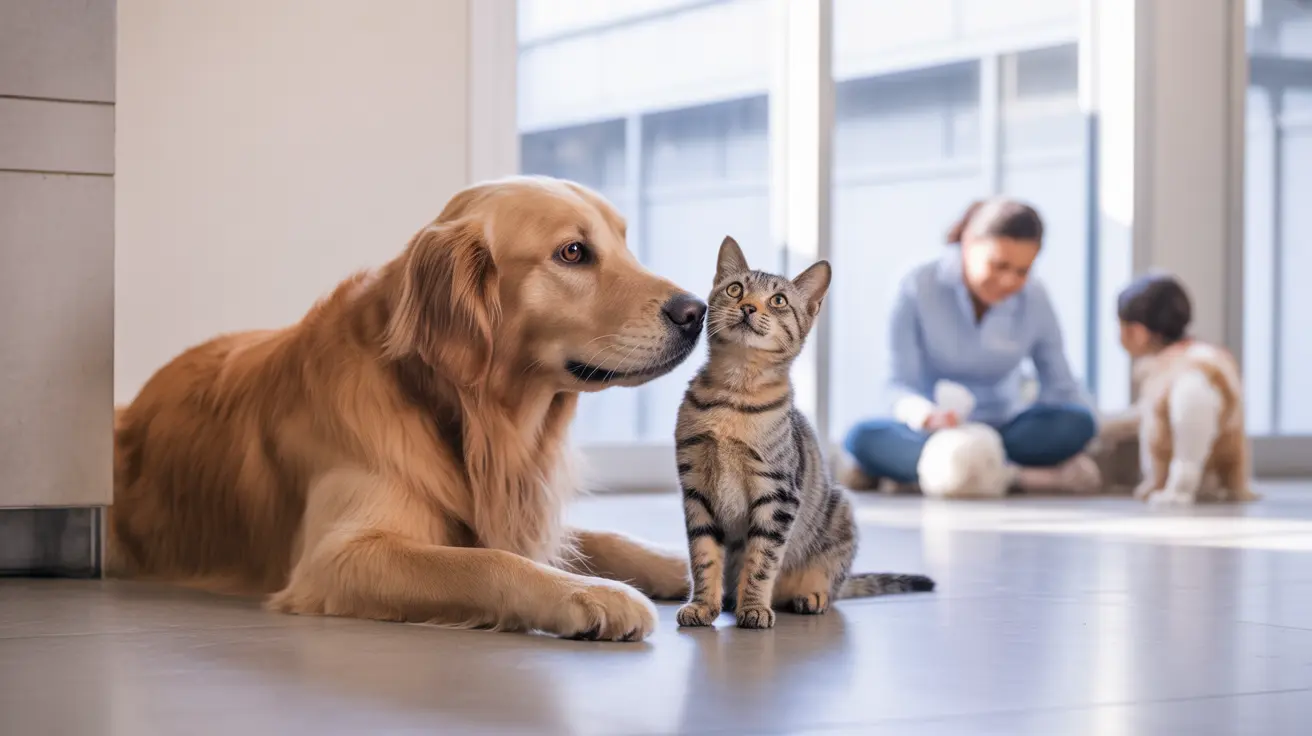The Rising Numbers: India's Dog Population Explosion
India currently ranks as the fifth-largest pet-owning country globally, with dogs representing the majority of pets. The owned dog population has seen remarkable growth, exceeding 33 million in 2023 and projected to reach over 51 million by 2028. This growth rate significantly outpaces many other developed nations.
Urban areas are driving this expansion, with middle-class families and millennials leading the charge in dog adoption. The trend represents a fundamental shift in how Indians view dogs - no longer just as guard animals but as cherished family members.
The Urban-Rural Divide in Dog Ownership
Metropolitan cities show the highest concentration of pet dogs, where changing lifestyles and higher disposable incomes facilitate pet ownership. Urban dog owners typically invest more in premium care, including specialized healthcare, high-quality nutrition, and professional grooming services.
Rural areas maintain traditional perspectives on dog ownership, often focusing on utility roles like herding or guarding. However, these areas are gradually adopting modern pet care practices, contributing to the overall growth in India's dog population.
Challenges and Opportunities
While the growing dog population indicates positive trends in pet ownership, it also presents significant challenges. Access to quality veterinary care remains a concern, with 30% of pet parents reporting difficulties finding affordable medical services for their dogs.
The presence of over 52.5 million stray dogs creates additional complexities, requiring balanced approaches to animal welfare and public safety. However, this challenge has sparked innovative solutions, including large-scale sterilization programs and community-based care initiatives.
The Economic Impact
India's pet care industry, valued at $3.6 billion in 2024, is experiencing remarkable growth, with projections suggesting it will exceed $7 billion by 2028. This growth is driven by increased spending on premium dog food, healthcare services, and accessories.
The industry's expansion has created numerous opportunities for entrepreneurs, particularly in specialized services like dog grooming, training, and pet-sitting. The emergence of pet-tech startups further demonstrates the market's sophistication and potential.
Future Outlook
The future of India's dog population appears robust, with continued growth expected in both numbers and quality of care. Increasing awareness about responsible pet ownership, coupled with rising disposable incomes, suggests sustained expansion of the pet care market.
Government initiatives supporting the pet care industry, along with growing emphasis on animal welfare, indicate a positive environment for further development of India's dog-owning culture.
Frequently Asked Questions
How many pet dogs are there currently in India, and what is the expected growth by 2028?
India currently has over 36.8 million pet dogs (2024), with projections indicating growth to more than 51 million by 2028.
What are the main challenges posed by the large stray dog population in Indian cities?
The main challenges include public health risks (especially rabies), road accidents, and the need for effective animal welfare management. India currently has approximately 52.5 million stray dogs.
How has the perception of dogs in Indian households changed in recent years?
Dogs have evolved from being primarily guard animals to becoming integral family members, with 63% of Indians now owning dogs and investing significantly in their care and well-being.
What are the fastest-growing trends in dog care and pet products among Indian urban pet owners?
Premium food, tech-enabled care, health supplements, and designer accessories are the fastest-growing trends, with particular emphasis on sustainable and health-focused products.
Why is access to affordable veterinary care a concern for many dog owners in India today?
Approximately 30% of pet parents struggle to find affordable veterinary care, highlighting infrastructure gaps in animal healthcare and the need for more accessible veterinary services.






